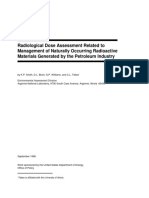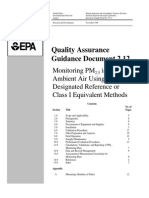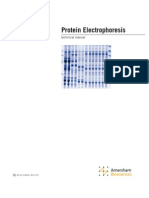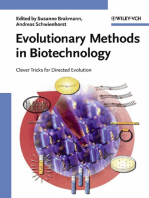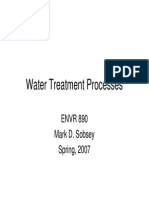At a glance
Powered by AI
The document discusses strategies for selecting and designing phosphorus removal systems for wastewater treatment plants.
GEPA
United States Environmental Protec Agency Technology Transfer
:ti01
-
1
Center
for
Research
I
Cincinnati Environmental Information
OH
45268
‘Design
Manual
Phosphorus
Removal

EPAl625I1-87lOOl
September
1987
Design Manual
Phosphorus
Removal
U.S.
Environmental Protection Agency Office of Research and Development Center for Environmental Research Information Cincinnati,
OH
45268 Water Engineering Research Laboratory Cincinnati,
OH
45268
Notice
This document has been reviewed in accordance with the U.S. Environmental Protection Agency's peer and administrative review policies and approved for publication. Mention of trade names or commercial products does
not
constitute endorsement or recommendation for use. This document is not intended
to
be a guidance or support document for a specific regulatory program. Guidance documents are available from EPA and must be consulted
to
address specific regulatory issues.
Con ents
Chapter Page
1.4Reference
....................................................
2
3.3.4
Operationally Modified Activated Sludge Process Performance
.........
29
3.3.5
Factors Affecting Performance
................................
30 3.4 Equipment Requirements
........................................
36
3.5
Design Methodology
...........................................
36 3.5.1 Phostrip Process
..........................................
36 3.5.2 Mainstream Biological Phosphorus Removal Processes
..............
38 3.6 Process Modifications
to
Improve Performance
.........................
43
3.7
Retrofit Considerations
..........................................
44 3.8 Case Histories
................................................
45 3.8.1 Phostrip Process
.
ittle Patuxent, Maryland
.....................
45 3.8.2 Modified Bardenpho Process
.
elowna, Canada
..................
46
3.8.3
NO
Process
-
Pontiac, Michigan
.............................
47 3.9Costs
......................................................
47 3.10 References
.................................................
50
...
111







